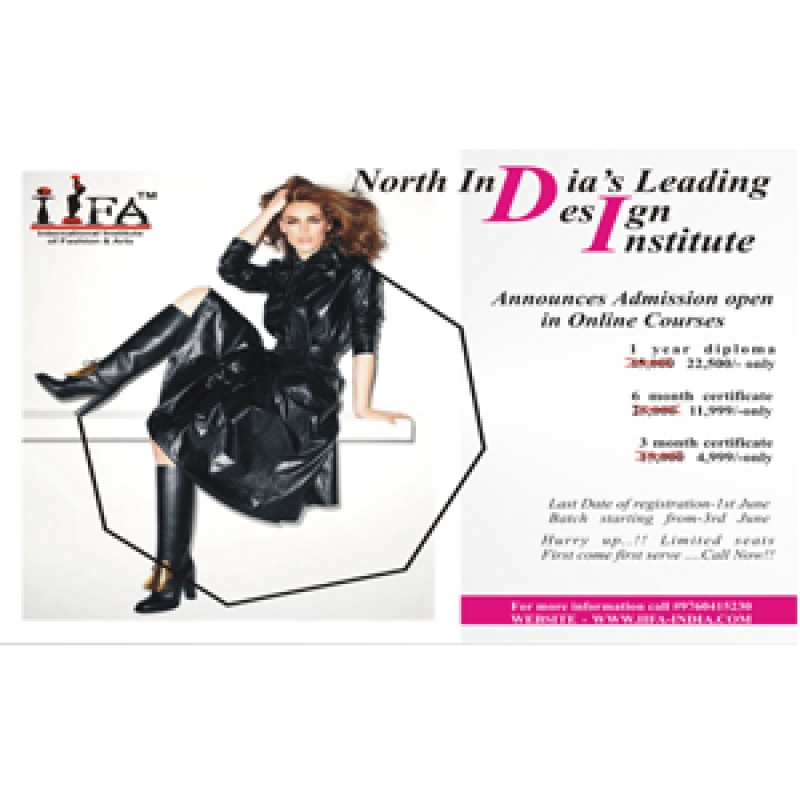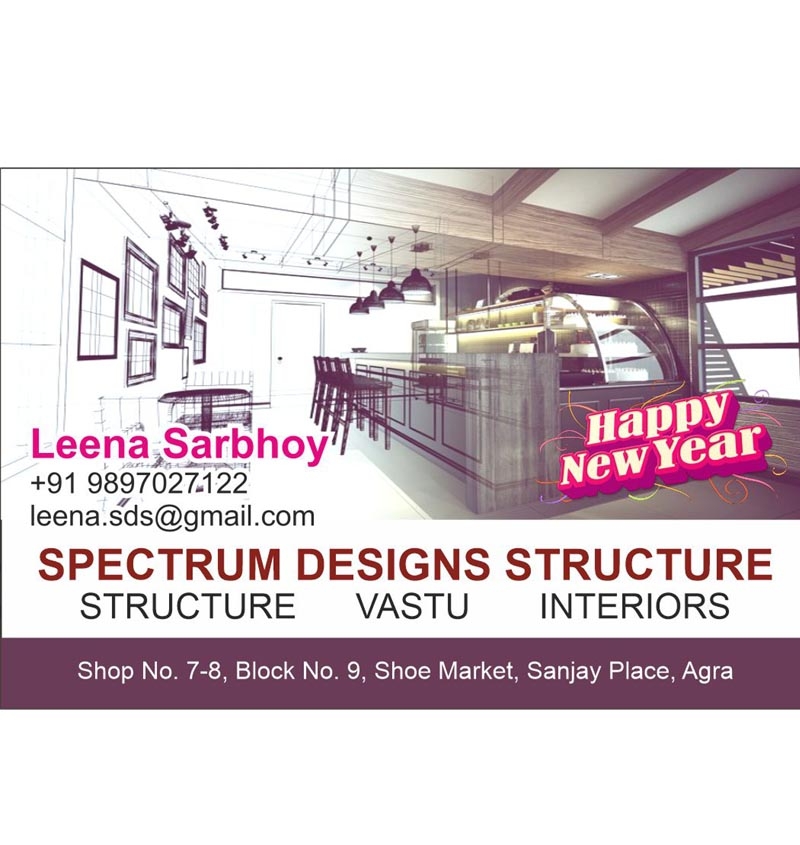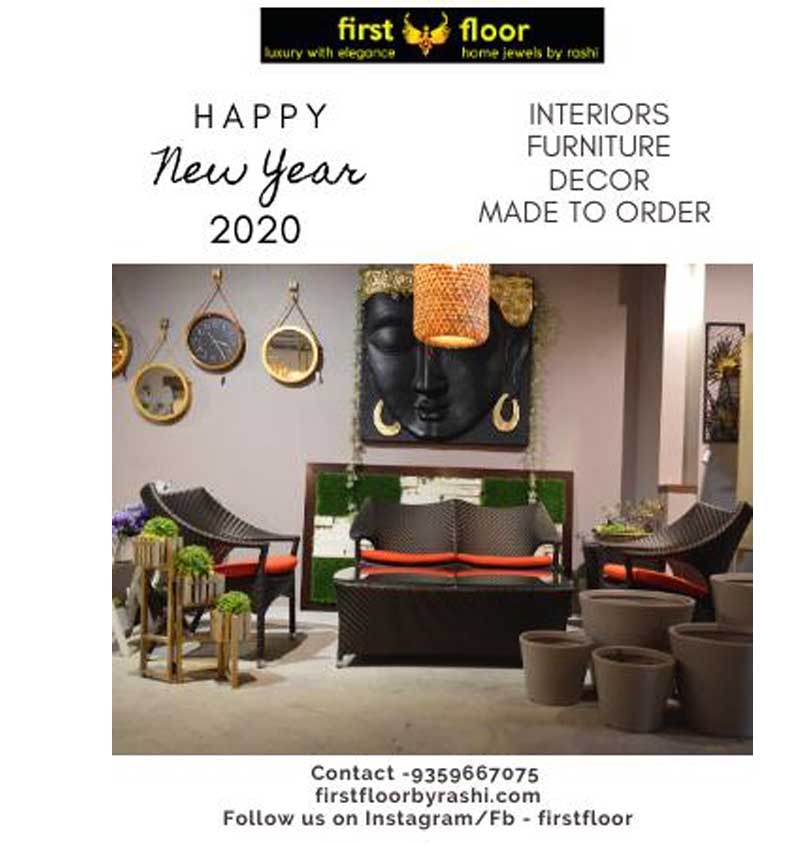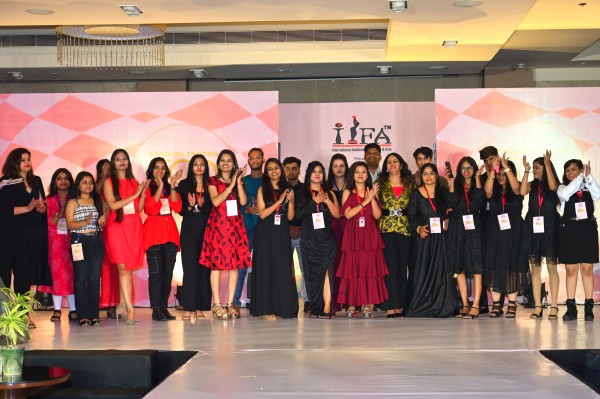Embroidery, a centuries-old art form, has held a special place in the world of fashion. This intricate process of decorating fabric with needle and thread has transcended generations, evolving from a domestic craft to a prominent design feature in contemporary fashion. Today, embroidery represents a blend of tradition, creativity, and innovation, offering limitless possibilities for personal and artistic expression.
Historical Roots of Embroidery
The origins of embroidery trace back thousands of years, with evidence found in ancient cultures such as Egypt, China, and Persia. Initially, embroidery was a symbol of wealth and status, often crafted using precious materials like gold threads, silk, and pearls. In medieval Europe, embroidered garments adorned royalty and clergy, signifying power and reverence.
Traditional embroidery techniques and patterns were also deeply rooted in cultural identities. For example, India’s chikankari and zardozi, China’s silk embroidery, and Eastern Europe’s floral motifs each reflect their respective histories and craftsmanship.
Techniques and Materials
Embroidery techniques range from hand stitching to machine embroidery, each offering unique textures and aesthetics. Some popular hand embroidery methods include:
-
Chain Stitch: Creates intricate lines and curves, often used for outlining patterns.
-
Cross-Stitch: Forms an "X" pattern, widely used in folk designs.
-
Satin Stitch: Produces smooth, glossy areas of color, ideal for filling spaces.
-
French Knots: Adds three-dimensional texture, often used for floral patterns.
Modern embroidery machines have revolutionized the craft, enabling complex designs with precision and efficiency. Materials have also expanded to include metallic threads, beads, sequins, and other embellishments, enhancing the visual appeal.
Embroidery in Contemporary Fashion
In the fashion world, embroidery has evolved from a decorative element to a defining feature of many collections. Designers use embroidery to elevate their creations, blending traditional techniques with modern aesthetics. Some notable applications include:
-
Haute Couture: Embroidery is a hallmark of luxury fashion houses like Chanel, Dior, and Valentino, where skilled artisans craft intricate designs by hand.
-
Streetwear: Embroidery has found its way into casual fashion, embellishing denim jackets, hoodies, and sneakers.
-
Accessories: Bags, scarves, and shoes often feature embroidered details, adding sophistication and individuality.
Embroidery also serves as a medium for storytelling, with motifs that reflect cultural heritage, personal narratives, or artistic themes. Designers often draw inspiration from nature, folklore, or abstract art, creating pieces that resonate with diverse audiences.
Sustainable and Ethical Embroidery
As the fashion industry moves toward sustainability, embroidery offers a valuable solution. Hand embroidery, in particular, supports slow fashion by prioritizing quality over quantity. Many brands collaborate with artisans, preserving traditional crafts while providing fair wages and opportunities for local communities.
Reusing and upcycling embroidered textiles also reduce waste, as intricate patterns often transform discarded garments into statement pieces.
DIY Embroidery: A Growing Trend
The accessibility of embroidery kits and tutorials has made this craft increasingly popular among hobbyists. DIY embroidery allows individuals to personalize clothing, create gifts, or simply enjoy a meditative pastime. Social media platforms like Instagram and Pinterest have further fueled this trend, showcasing a wide array of techniques and ideas.
The Future of Embroidery in Fashion
The future of embroidery in fashion lies in innovation and inclusivity. Technological advancements, such as 3D embroidery and digital design, are pushing creative boundaries. Meanwhile, collaborations between designers and artisans from diverse cultures ensure that traditional techniques remain relevant in modern contexts.
Embroidery is more than just a decorative art; it is a testament to the skill, patience, and creativity of its makers. As fashion continues to evolve, embroidery’s timeless charm and versatility will undoubtedly remain a cherished aspect of the industry



















Your Message